When I was starting out as an illustrator, my art was hard for art directors to place – everyone seemed to like it, but no one seemed willing to actually hire me for it. The few commercial assignments I did get were plagued by endless stylistic revisions that suggested my clients were secretly hoping I’d turn out to be a completely different artist than my portfolio represented.
In the face of continual discouragement I often wondered if I’d be able to make a living off my art in the long term. When I started my first large-scale, self-directed project (an illustrated playing card deck called Wicked Kingdom) it was in part an effort to prove – even if only to myself – that my work was marketable. I hoped that a self-directed project would offer the stability that I wasn’t finding in my client work, and give me something to do (and a source of income) during my commercial dry spells. More importantly, it would give me the opportunity to tailor a project let my own strengths and interests shine, instead trying to shoehorn my art into someone else’s brand.
I want to emphasize right off the bat that a self-directed project is different from the broader term “personal work.” It’s a focused, coherent body of work with a specific purpose and, even more importantly, a plan. In this article I’ll be talking a little bit about how to develop that plan and put it into action.
PART 1: FINDING YOUR VISION
The question, “What do I want to do?” is so broad that it can be tough to find an answer. If you don’t have a burning focus in mind already, try imagining an inquiry for the perfect commission appearing in your inbox. What type of client sent it? What tone and subject matter are they looking for? What is the subject matter?
To be successful, a project will need to sustain its momentum past the initial excitement of starting something new. I’ve found that the best way to build a project I can commit to in the long term – through the late nights of drawing and the inevitable slump in enthusiasm that happens around the halfway mark – is to find a balance between comfort (what am I already good at doing?) and challenge (what do I want to learn more about?). The Wicked Kingdom project hit this balance perfectly for me – I got to show off my enthusiasm for storytelling, while exploring a new format and honing my traditional media skills with a new painting process.
PART 2: THE GAME PLAN
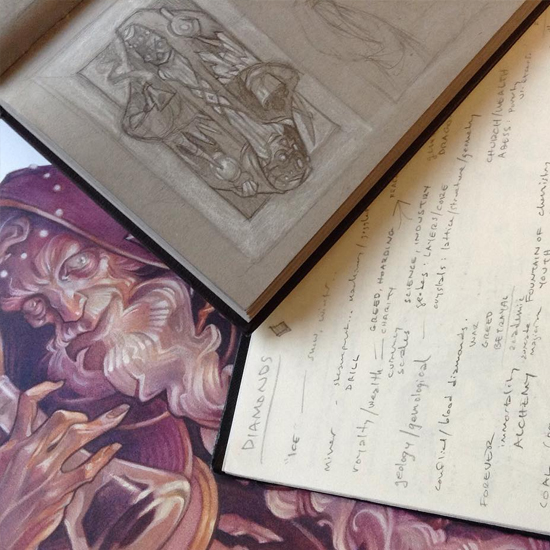
A tiny snippet from the immense sea of notes & sketches that eventually became the Wicked Kingdom deck.
You can think of the early stage of planning as the “soft” stage – exploring your dreams, interests, and inspirations. Next comes the “hard” stage – creating a game plan for your project. Aim for something that allows a cohesive body of work with a clear purpose. What will it BE? An instructional series? A graphic novel? A card deck?
It’s never too early to start thinking about your project from a commercial standpoint. Can you monetize the intermediate stages along the way? How will you market the finished product, and to whom? I knew Wicked Kingdom would appeal to my existing fans in the fantasy art community, but I also hoped that adapting my artwork into a card deck would draw new eyes from playing card collectors and gamers who existed outside of my usual sphere of influence.
Be sure to consider the volume of work and how long each piece will take to complete – especially if you’re working on it in the spare hours outside your day job. My poker deck consisted of nineteen illustrations and a package design. I expected to be able to complete two paintings a month and wrap up the project in under a year. In actuality I spent about a year and a half on the artwork, which was often forced to the back burner by commissions and other distractions — but that initial timeline gave me something to shoot for, and counting down to the last painting gave me a light at the end of the tunnel.
It’s also a good idea to take into account your current skill level, and where you are in your career. If you’re just starting out, steer clear of huge, sprawling projects; since your style and skill set are still evolving quickly, your best work now may look clumsy alongside your best work a year from now, which will make it harder to create a cohesive whole. Even though I was fairly confident in my skill set when I started the Wicked Kingdom deck, towards the end of the project I began to feel limited by the style and techniques I had settled on early in the project. Choosing a smaller project gives you a better training ground to hone your style and improve your technical skills, and a quicker wrap-up will help stave off the inevitable burnout.
PART 3: THE EXECUTION
Turning your finished project into a salable product presents its own set of challenges. There are a ton of companies out there that will offer to handle the promotion, crowdfunding, and fulfillment aspects for you, but until you’ve had some firsthand experience of your own, it’s hard to evaluate which of these tasks can be safely outsourced, and to whom.
Ultimately, I decided to be as hands-on as possible with Wicked Kingdom. I managed every aspect of the project myself, including packing each of the 4500+ shipments, and while it added up to a grueling couple of months (made all the more stressful by the fact that almost every aspect of the process was new to me), I don’t regret the decision. I had complete control over how the project was presented, and I was able to track where every dime was spent. In the end, I came away with the undivided profits and a wealth of experience to draw from for my next project.
If you decide to follow my example and tackle the bulk of the work yourself, start researching the technical aspects of production and fulfillment early on. I kept an enormous to-do list that covered every aspect of the Wicked Kingdom project, and whenever some small concern occurred to me (should I design my own packaging, or hire a professional? Where will I even FIT a thousand boxes?) I tried to convert it into something actionable (mock up package designs in Photoshop; look up pricing of nearby storage units) and add it to the list. If you’re lucky, you’ll spot some of the “unknown unknowns” that are waiting to trip you up in the process.
PART 4: MAKING IT WORTH YOUR WHILE
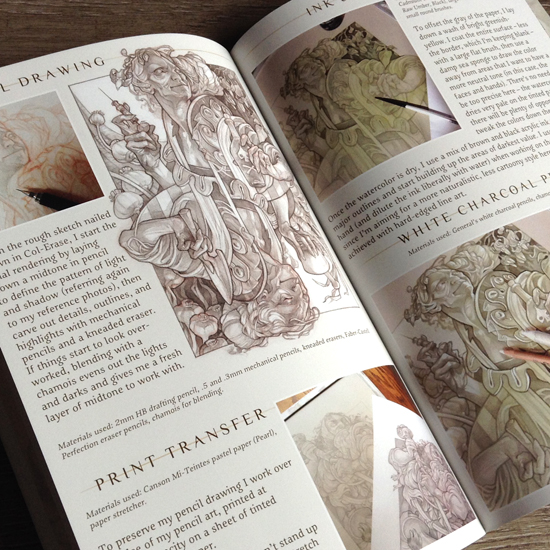
An art tutorial – first created for my supporters on Patreon, later included in the Wicked Kingdom art book.
Finding ways to monetize the product you’re creating is crucial if you’re hoping to eventually supplant your commissioned work. While the end goal for Wicked Kingdom was a card deck funded through Kickstarter, I tried to find small ways to make the project profitable along the way. I created an online shop to sell the original drawings and paintings; I offered limited-edition prints of the card art; I documented my painting process and assembled the resulting photos, videos, and writings into art tutorials that I released to paying supporters on Patreon.
Even viewed as a whole, these income streams didn’t represent “making a living”; however, they helped offset the cost of the time I was taking away from other pursuits, and served as much-needed motivation to keep at it. Plus, each scrap of new content gave me something to post on social media, boosting visibility for the project and drawing new followers who would, eventually, become backers for the Kickstarter campaign (you DON’T, under any circumstances, want to be the creator who waits until launch day to tell everyone about their Kickstarter).
If you’re not sure how to make money off your project, look towards the successful self-directed projects of artists that have gone before you. When I was planning the Wicked Kingdom project, I was inspired by the success of Pete Mohrbacher’s Angelarium series, and by some of the top-funded playing card projects on Kickstarter like Jackson Robinson’s Federal 52 and Chris Ovdiyenko’s Arcana. Whatever niche you’ve decided on for your project, do the research (if you’re not sure where to start your research, I lay out some basic first steps here).
I knew nothing about designing and printing a playing card deck when I started Wicked Kingdom, but by lurking on playing card forums and dissecting the successes (and failures) of past card deck campaigns, I was able to gather the information I needed to build a successful project of my own.
PART 5: THE PAYOFF
It can be hard to predict exactly how a project will turn out; while you may be able to make some informed guesses based on the size of your existing fan base and how well other projects of the same kind have fared, there are infinite variables involved. Because of this, self-directed projects – especially if it’s your FIRST self-directed project, as Wicked Kingdom was for me – are an uncertain undertaking.
Before you pour countless hours into a project, make sure there’s more in it for you than just the dream of big money. Financial success will, of course, be one of the big targets you’re aiming for; but because there are no guarantees, you’ll want to ensure that your project offers alternative payoffs in the event that the financial side of things falls short.
Start with something objective and measurable – a worthwhile goal that defines the success of your project beyond a dollar amount. My practical aim with Wicked Kingdom was to create 19 personal pieces in a year. Even if my Kickstarter launch had been a massive flop, I would still have those 19 paintings – to add to my portfolio, submit to art directors, or sell as prints and originals – and I would have generated a year’s worth of social media posts showcasing my progress and reminding potential clients and fans that I existed.
Next, find a secondary goal that’s personally meaningful. It can be about forming connections (with fans, other artists, or previously unexplored corners of the industry) or about learning and self-improvement (the refinement of your artistic process; the mastery of a particular subject matter or a new set of tools and techniques).
Since all projects must come to an end eventually, consider how you will handle your project’s success (or failure) productively. Just as you examined other creators’ projects while you were in the planning stages, you’ll want to use the closing chapter of your project as an opportunity to evaluate your own efforts and results. Which goals did you achieve? What details did you nail the first time around, and what could have been improved upon? Find a way to translate the experience you’ve gained into greater success for your next self-directed project… Because there WILL be another self-directed project…won’t there?
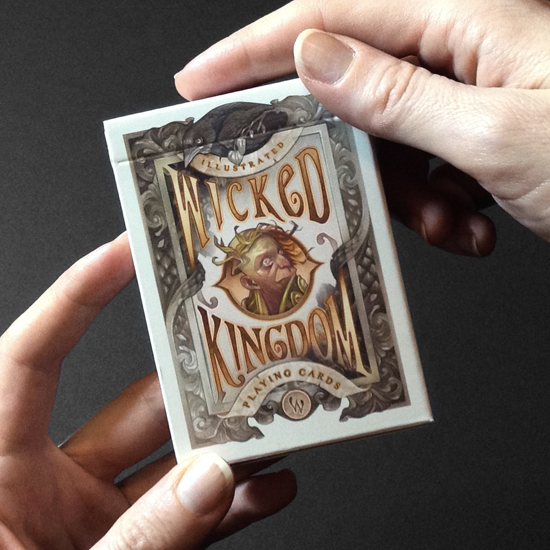
The Wicked Kingdom deck is currently sold out — I’ll be releasing a second printing of the deck alongside the Kickstarter for my next self-directed playing card project, Reign of Sin, later this year.


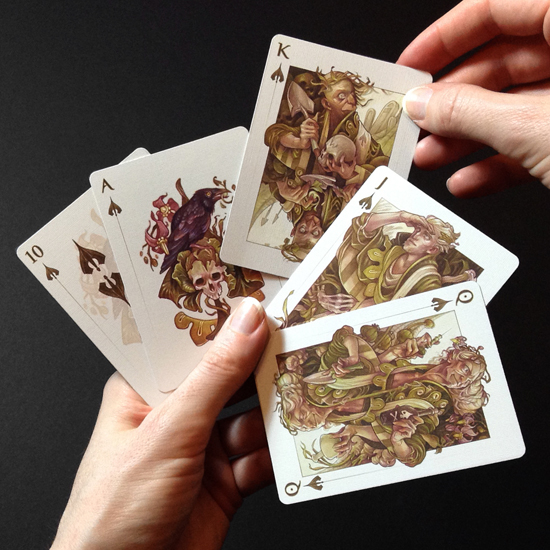
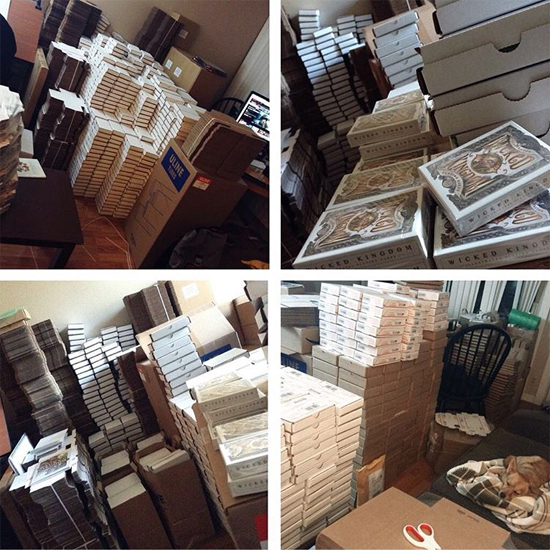
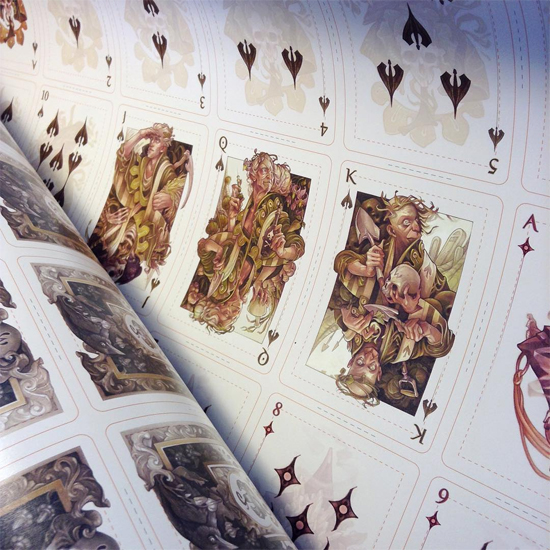
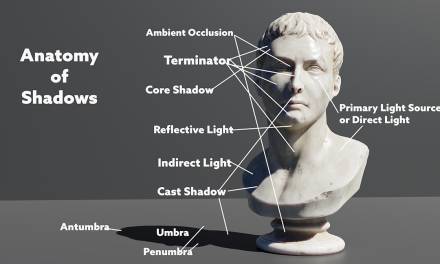
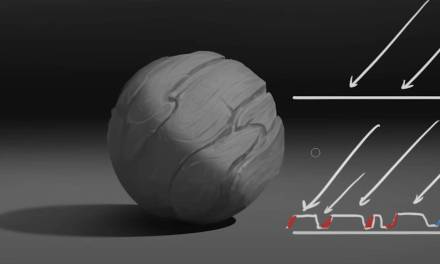
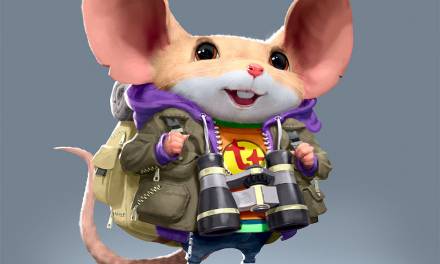
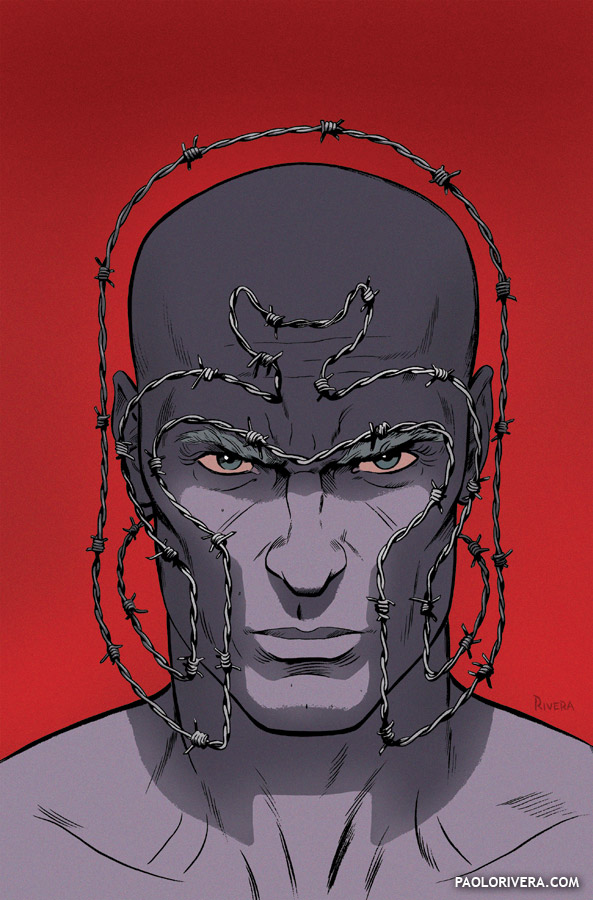

Thank you Wylie for such an insightful and thorough article on your personal project. Although the personal project I am considering is much smaller in scale, I learned a lot from your article that I will be using. Thanks again for the interesting look into the creation of your card game.
What a project! So much care, pushing the envelope and energy went into it, and the final product shows it. Thank you for giving us a glimpse of what went into this.
Thank you for this post. I just love it.
Love this deck so much, Wylie!